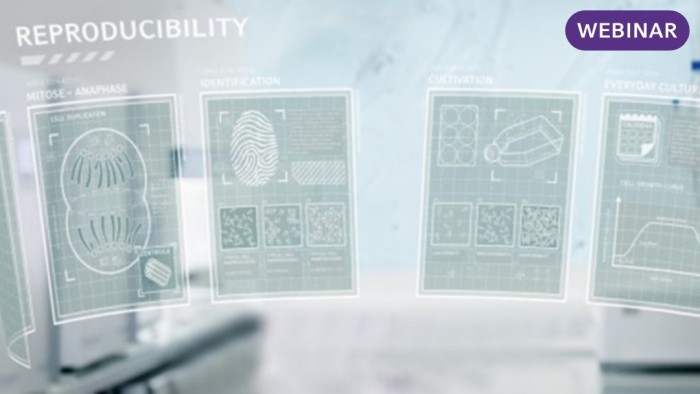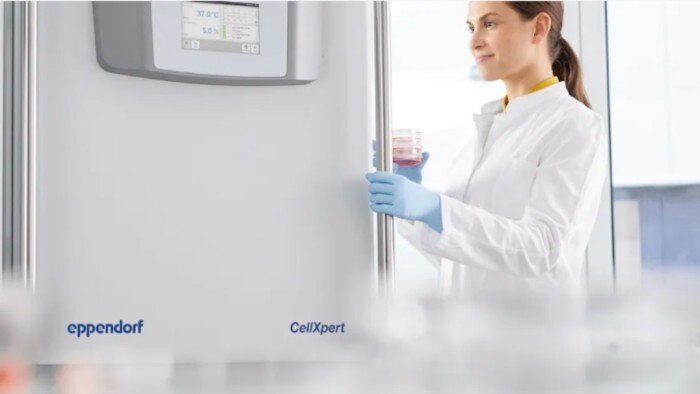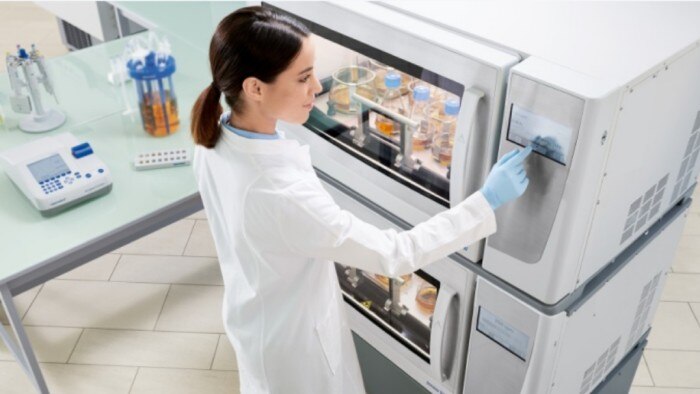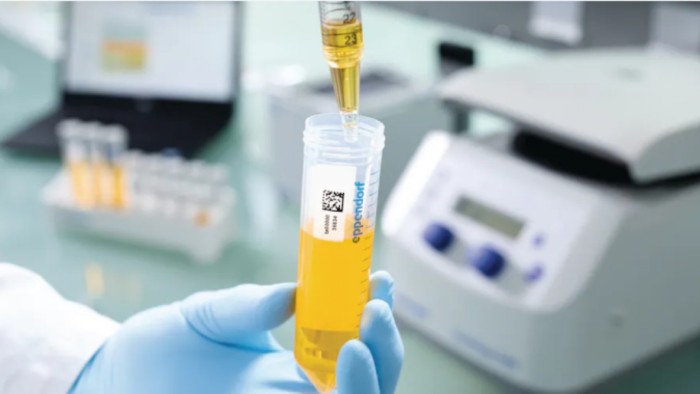-
-
-
-
- Forum Labo 2025
- Advanced Therapies Week (ATW) 2025
- SLAS Europe 2025
- Bioprocessing Summit Europe 2025
- Medlab Middle East 2025
- SLAS International 2025
- Biologics World Nordics 2025
- ASIA LABEX: The Lab Show 2025
- BioProcess International Europe 2025
- ISEV 2025
- Future Labs Live 2025
- DataHow Symposium 2025
- Cell 2025
- LabDays 2025
- ASIA LABEX: The Lab Show 2025
- Stem Cell Community Day 2025
- Nordic Life Science Days 2025
-
-
-
-
- Forum Labo 2025
- Advanced Therapies Week (ATW) 2025
- SLAS Europe 2025
- Bioprocessing Summit Europe 2025
- Medlab Middle East 2025
- SLAS International 2025
- Biologics World Nordics 2025
- ASIA LABEX: The Lab Show 2025
- BioProcess International Europe 2025
- ISEV 2025
- Future Labs Live 2025
- DataHow Symposium 2025
- Cell 2025
- LabDays 2025
- ASIA LABEX: The Lab Show 2025
- Stem Cell Community Day 2025
- Nordic Life Science Days 2025
-
- Benchtop Centrifuges
- Floor-Standing Centrifuges
- Refrigerated Centrifuges
- Microcentrifuges
- Multipurpose Centrifuges
- High-Speed Centrifuges
- Ultracentrifuges
- Concentrator
- IVD Products
- High-Speed and Ultracentrifuge Consumables
- Centrifuge Tubes
- Centrifuge Plates
- Device Management Software
- Sample and Information Management
-
- All Pipettes, Dispensers & Automated Liquid Handlers
- Mechanical Pipettes
- Electronic Pipettes
- Multi-Channel Pipettes
- Positive Displacement Pipettes & Dispensers
- Automated Pipetting
- Bottle-Top Dispensers
- Pipette Controllers
- Pipette Tips
- Automation Consumables
- Dispenser & Pipette Accessories
- Automation Accessories
- Dispenser & Pipette Services
You need support?
Please contact us for more information about how Eppendorf can help with your sample.

Read more
Read less
Step 1: Sample Culture
Sample culture is your starting point for all downstream applications. Only with numerous identical cells, can your research properly begin and progress to the next step.
Just one sign of contamination and the new sample is gone - you need reliable growth, homogeneity and high reproducibility. We give you the tools to cultivate your samples in the best possible way. Excellent cell growth meets performance and reliability of your experiments, as well as advanced protection against contamination.
Ultimately, your desire is to publish faster or improve your drug development workflow. Now be confident in your results and reach your goals first time - every time.
Discover our entire product portfolio
Read more
Read less
Our solutions in action
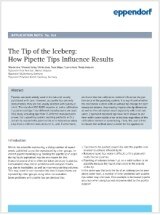

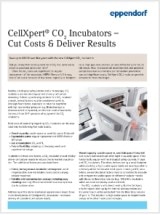
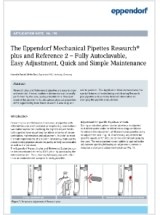
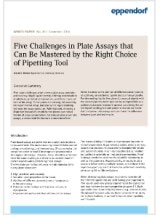
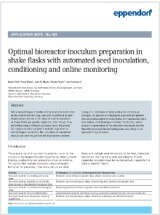
Everyday Culture Practice: Improving Reproducibility In Cell Culture Vol. 2
Eukaryotic cell cultures respond to the slightest influence. Apart from the risk of contamination, minimal changes in cultivation parameters can affect the viability, growth, and metabolism of cells.
